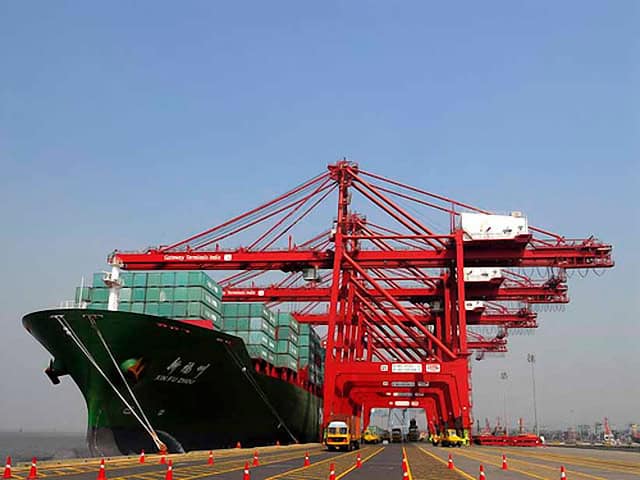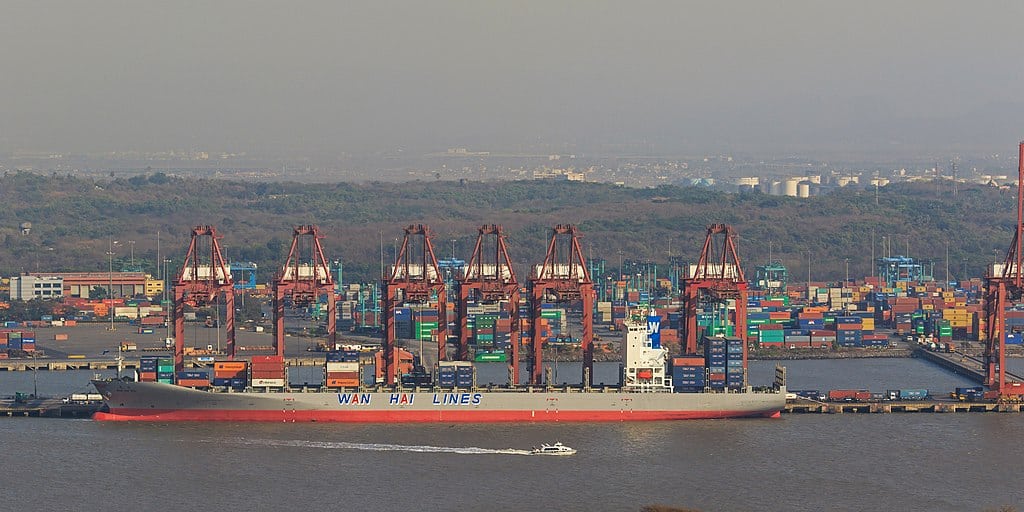We specialize in shipping diaper bales to South Asia. We are highly experienced in handling shipping logistics and can assist with all aspects of shipping to your preferred port.

We specialize in shipping diaper bales to South Asia. We are highly experienced in handling shipping logistics and can assist with all aspects of shipping to your preferred port.

The diaper bales market in India is influenced by a combination of demographic factors, cultural shifts, economic developments, and consumer preferences. Here’s an overview of the demand for diaper bales in India:
In conclusion, while the Indian diaper market faces challenges related to affordability and distribution logistics, it presents substantial opportunities for growth and innovation. Continued investment in distribution networks, regulatory compliance, and consumer education will be crucial for tapping into the full potential of this dynamic market.

India’s shipping industry is a vital component of its economy, given the country’s extensive coastline and strategic maritime position. Here’s an overview of India’s shipping industry, including key aspects such as ports, infrastructure, challenges, and future prospects:
In summary, India’s shipping industry plays a crucial role in the country’s economic growth and trade competitiveness. Continued investments in infrastructure, regulatory reforms, and technological advancements will be key to unlocking the industry’s full potential and ensuring sustainable development in the maritime sector.

India has a vast coastline along the Arabian Sea and the Bay of Bengal, dotted with numerous ports that play a critical role in facilitating maritime trade and commerce. Here’s an overview of some of the major ports in India:
India is investing heavily in the development of its ports under initiatives like Sagarmala to enhance port infrastructure, improve connectivity, and increase efficiency. These developments aim to position Indian ports as key hubs for regional and global trade, supporting economic growth and industrial development across the country.